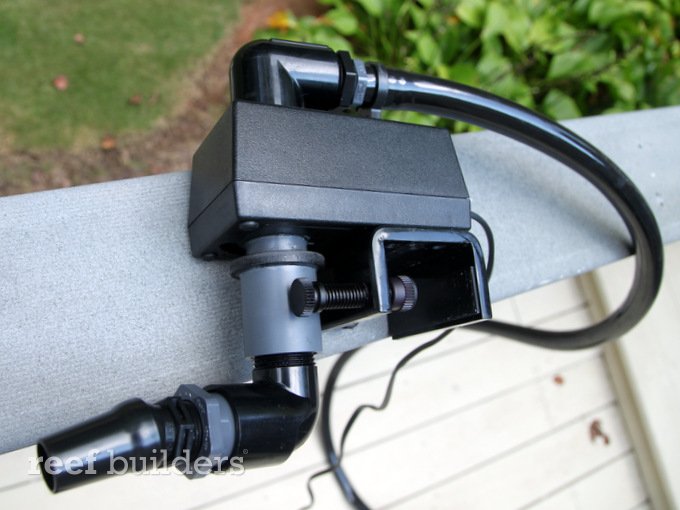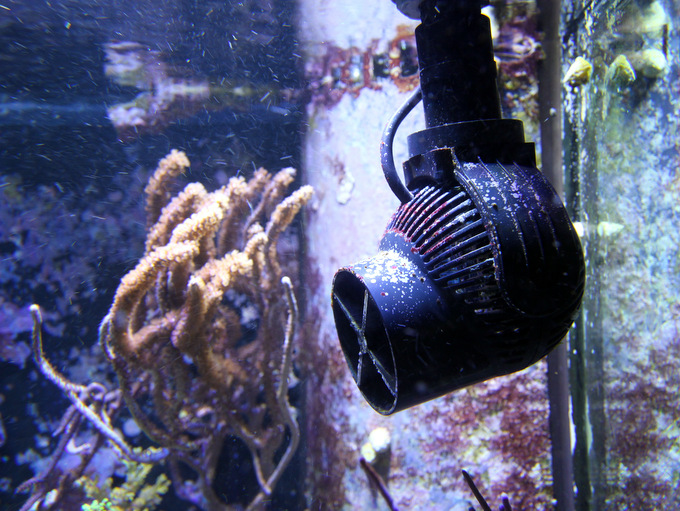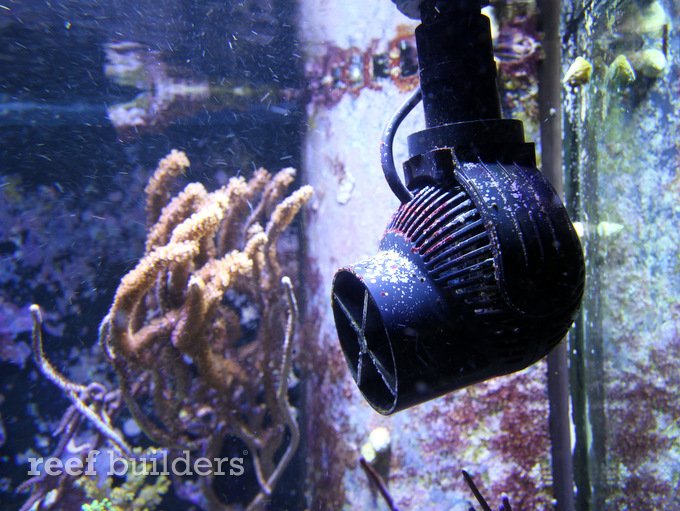
Following up on the unboxing of Aquarium Currents’ newest products, it is time for a full review of the SeaSweep and multi size Sea Swirl. To recap, both the Sea Sweep and new Sea Swirl offer a means to create oscillating current in your reef aquarium. The Sea Swirl uses the return of a sump pump or closed loop outlet, while the Sea Sweep harnesses the power of a propellor pump like the Tunze Stream or Hydor Koralias. Both come in a Economy and Deluxe model, and each model includes everything you need to get up and running with sweeping currents in your reef tank. The deluxe model of each is worth the expense if you are pushing a lot of flow and you require absolute silence.
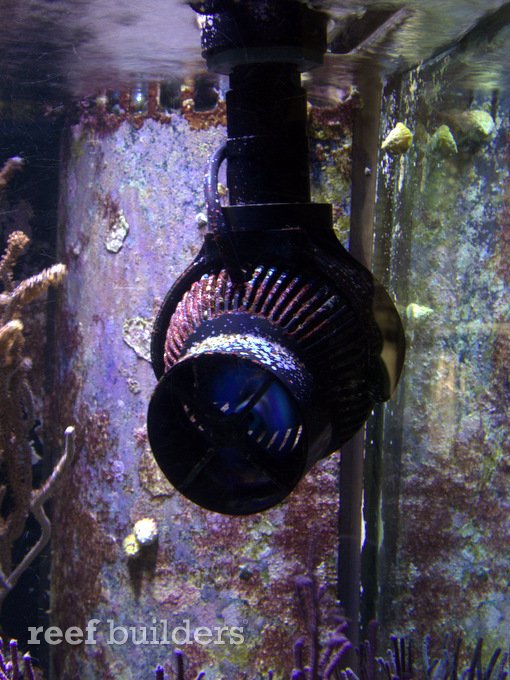
Let’s start with the Sea Sweep. First off, installation was pretty intuitive. The instructions could have used some pictorial how-to for those who are bad about actually reading the steps. However the worded step-by-steps is very detailed to avoid any confusion. Also, the support was great and questions were promptly handled by Aquarium Currents. The end of the Sea Sweep that connects the pump to the motor is a slip pvc piece held in place with a thumb screw. This makes removing the pump for quick maintenance easy. Also, the power cord is threaded through the unit. This prevents any pulling or wear on the cord itself. The bracket is burly and overbuilt. All in all, this thing is tough and durable.
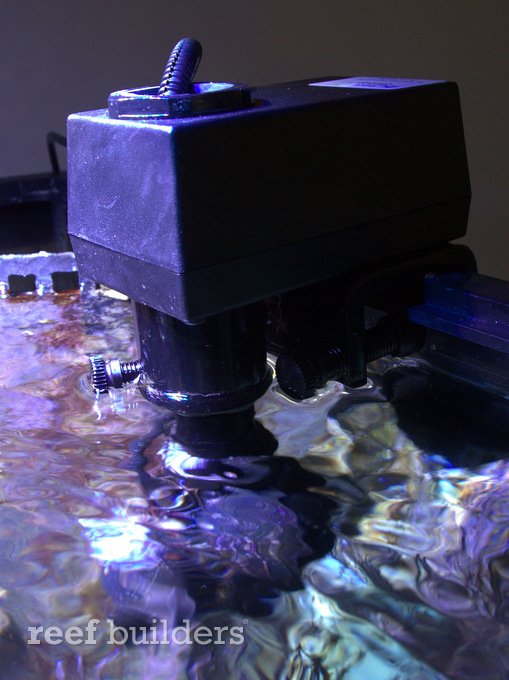
Having run the Sea Sweep with a Tunze Stream 6105 for a while now, there is noticeably less detrital settlement in the tank itself. The oscillation of water movement ensures much of the tank gets a blast of strong current to keep things churned up. In fact for the first 24 hours after installing the Sea Sweep, the water had a lot of particulates. Polyp extension has improved for corals overall in the evening. The oscillating flow ensures a wider area of corals receive a surge of current, and also prevents any coral from enduring the flow constantly.
For this reason, it allows for corals to be placed closer to the pump itself. In fact, there are two different species of gorgonians only inches away from the unit, and both are content with superb polyp extension. Both the Tunze and Sea Sweep are dead silent, which is amazing when considering the amount of random flow it is providing. If anyone is debating adding a 3rd or 4th pump to improve flow and reduce detrital settlement, they ought to consider adding Sea Sweeps to their existing prop pumps. The end result would be the same, while avoiding more pumps to clean or service.
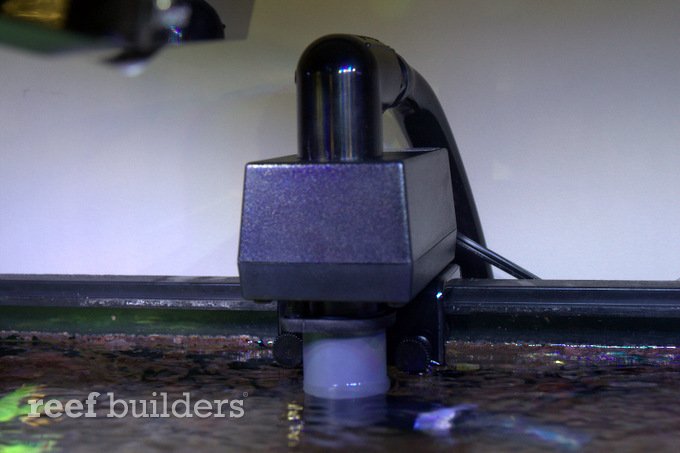
The Sea Swirl has been around a long time. Good ideas tend to last. Rather than requiring folks to pick a specific Sea Swirl based on return pipe diameter, the new “Multi-Size” units are a “one for all” solution. Installation was straightforward and easy, since the original returns were already fed with 3/4 vinyl tubing. Therefore, all that was needed was a hose clamp. The threaded L on the Sea Swirl could also accept pvc, but adding a section of vinyl may prevent the transmission of vibrational noises from the pump itself. The same perks witnessed with the Sea Sweep applied here. However, the benefit of oscillation seems to be more prudent with the 3/4″ return, since the output is more narrow and higher velocity.
A fixed narrow outlet could be detrimental to nearby corals, like a pressure washer. Oscillation would help alleviate this pressure washing effect. Since the outlet and inlet sizes can differ on the Sea Swirl, increasing the outlet to 1″ loc-line would reduce the velocity as well without impacting the overall flow rate. The unit produced no audible noise, which is to be expected with the Deluxe model. The Deluxe is also able to handle more flow(3500 gph) than the Economy version(1500 gph). The noise and flow difference make the Deluxe a better buy.
Both the Sea Sweep and Sea Swirl offer reef aquarists a unique way of maximizing flow distribution from existing pumps. Built by an American company that has been part of the marine industry since the 90s, you can bet they will be around for support and warranty service. Check out the photos of the units in action, and coming soon will be a video which clearly shows a decent amount of suspended detritus from the oscillating flow.
FCC regulations require us to inform you that we were given this product for review but our opinion and review of a product is never affected by how we acquire it.
